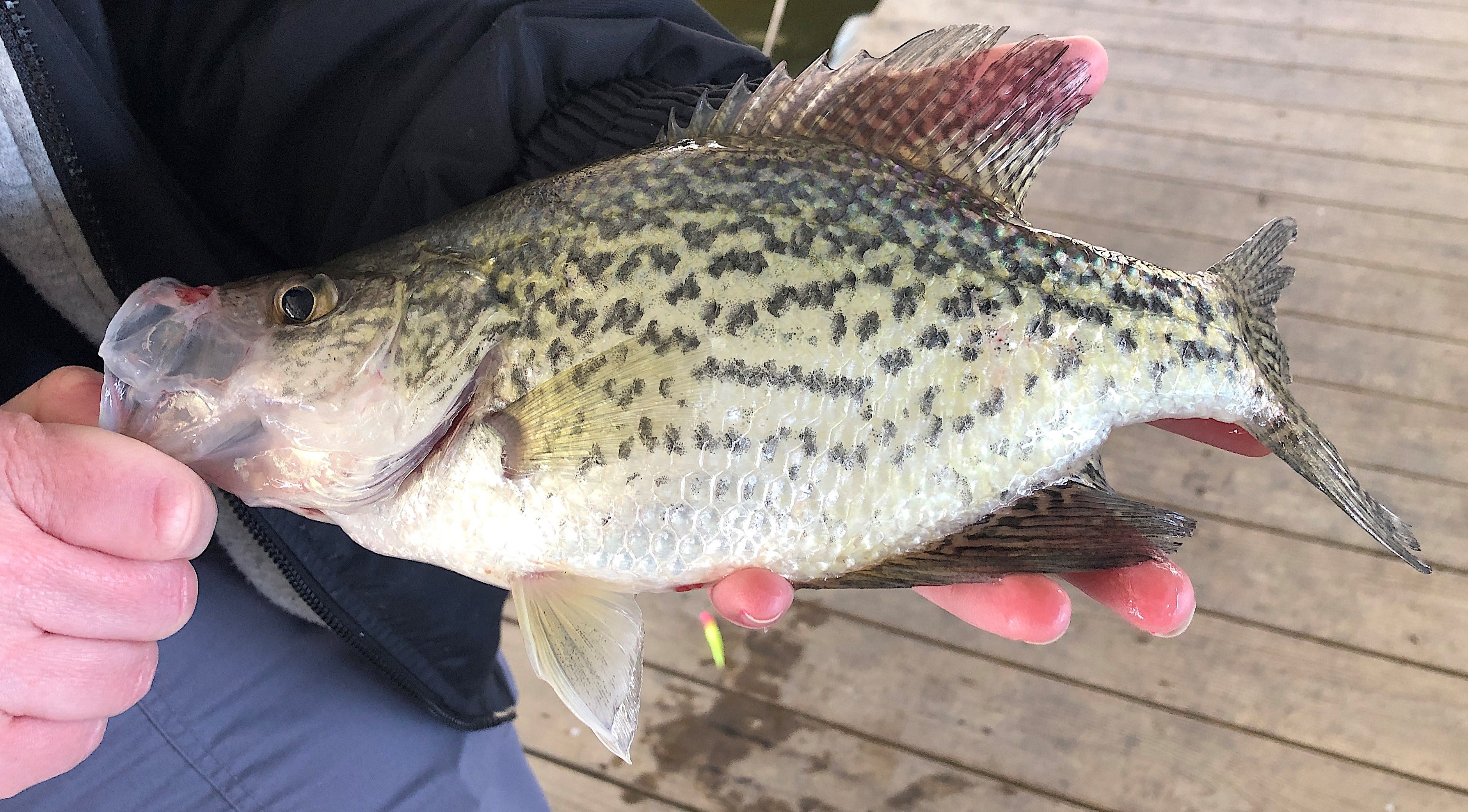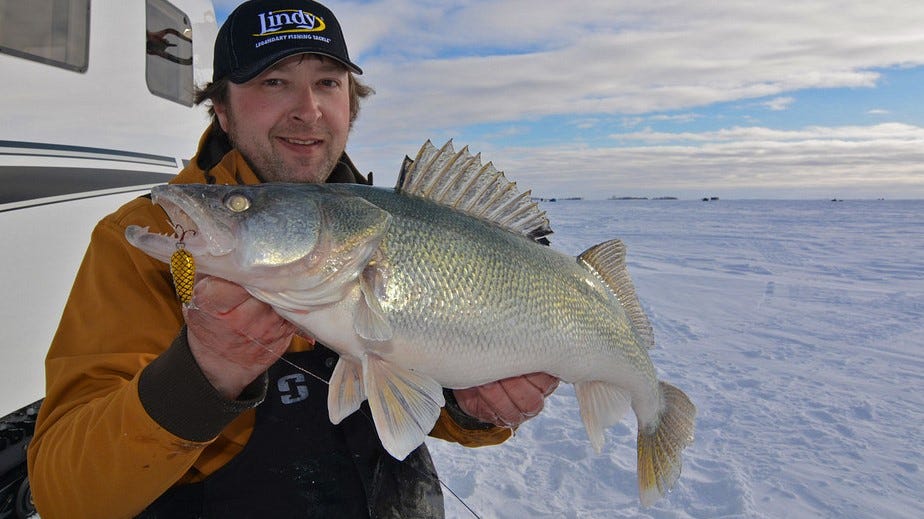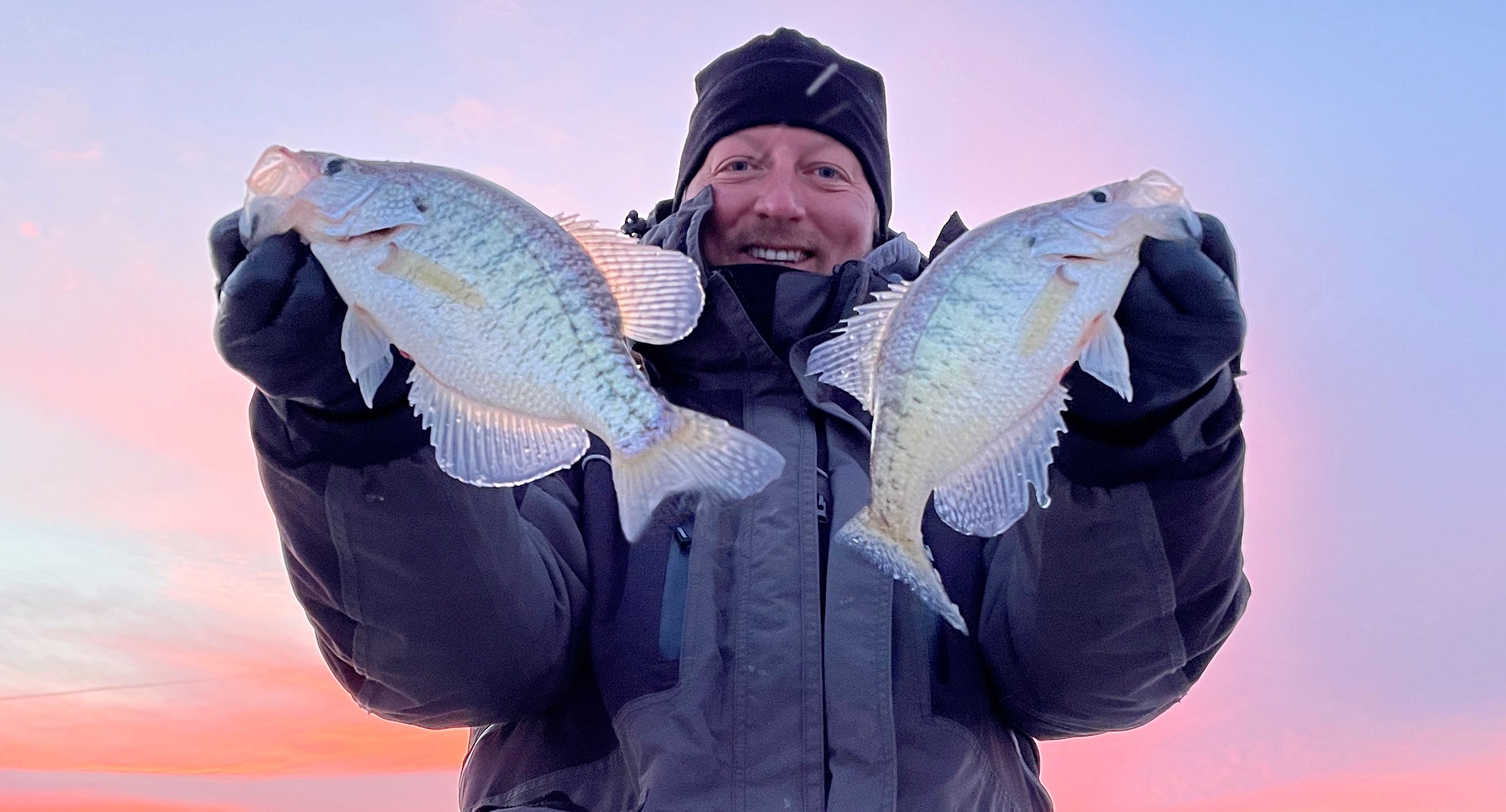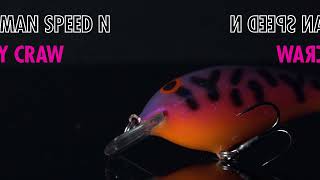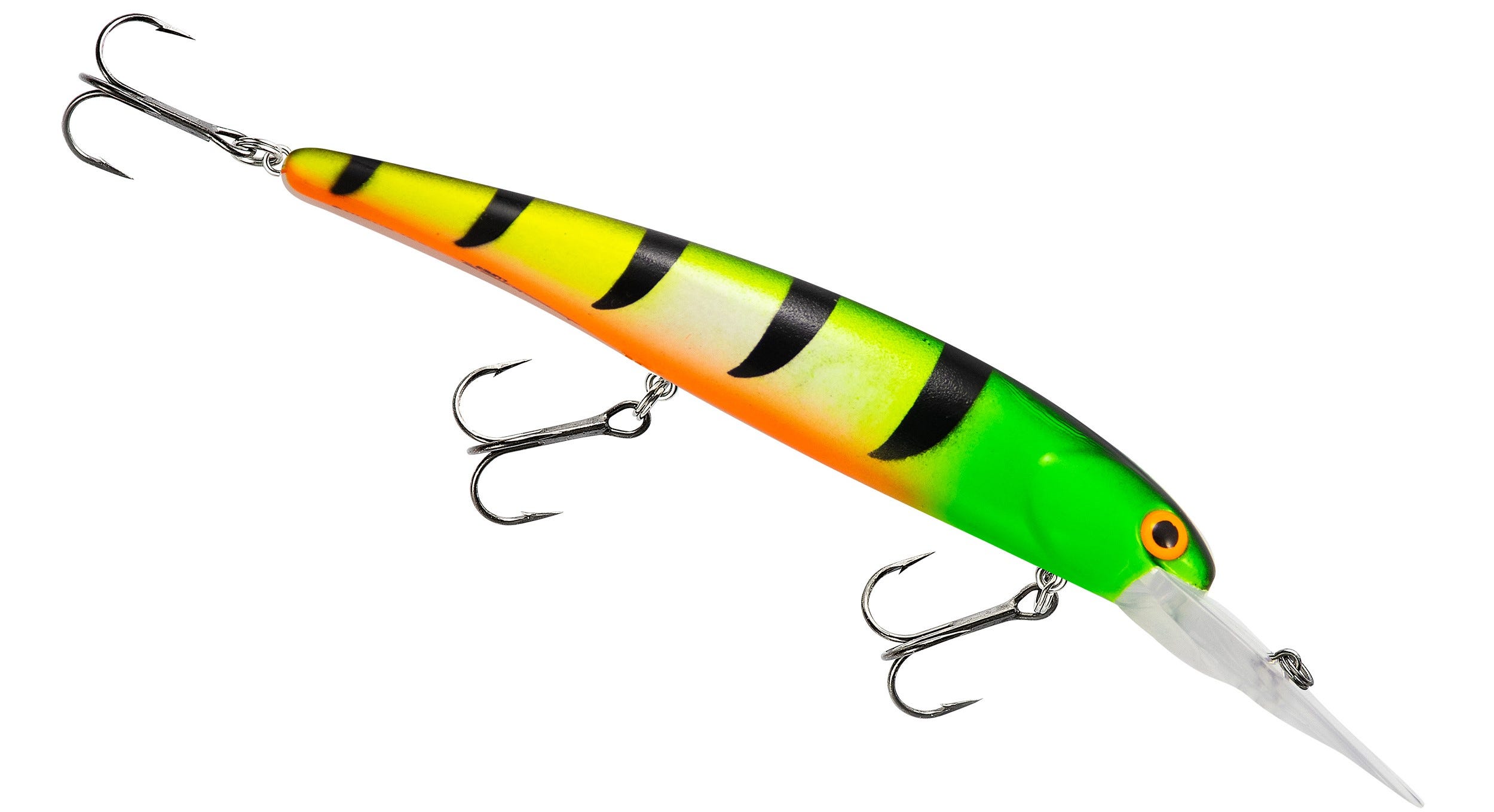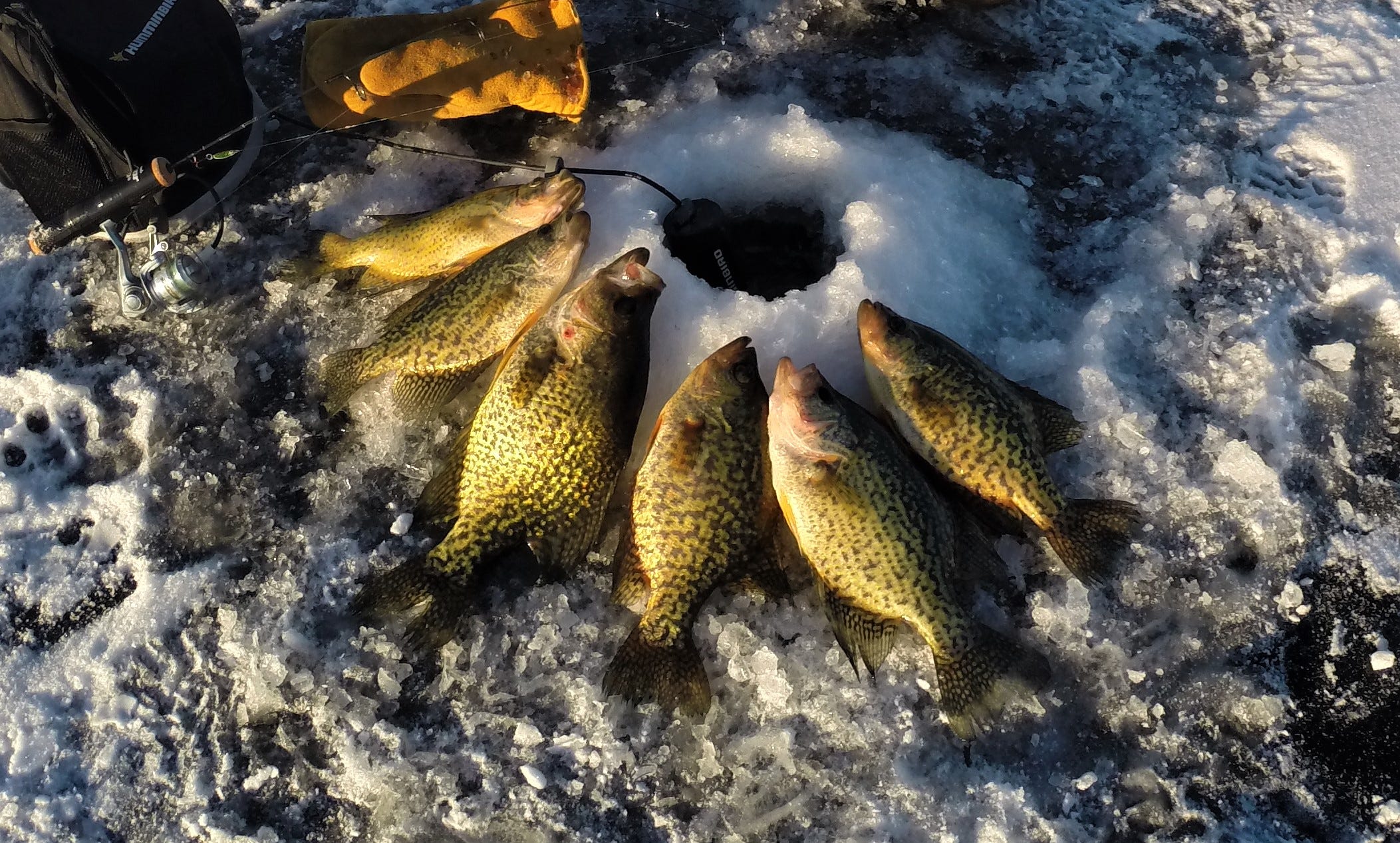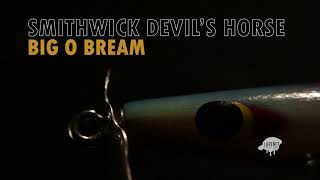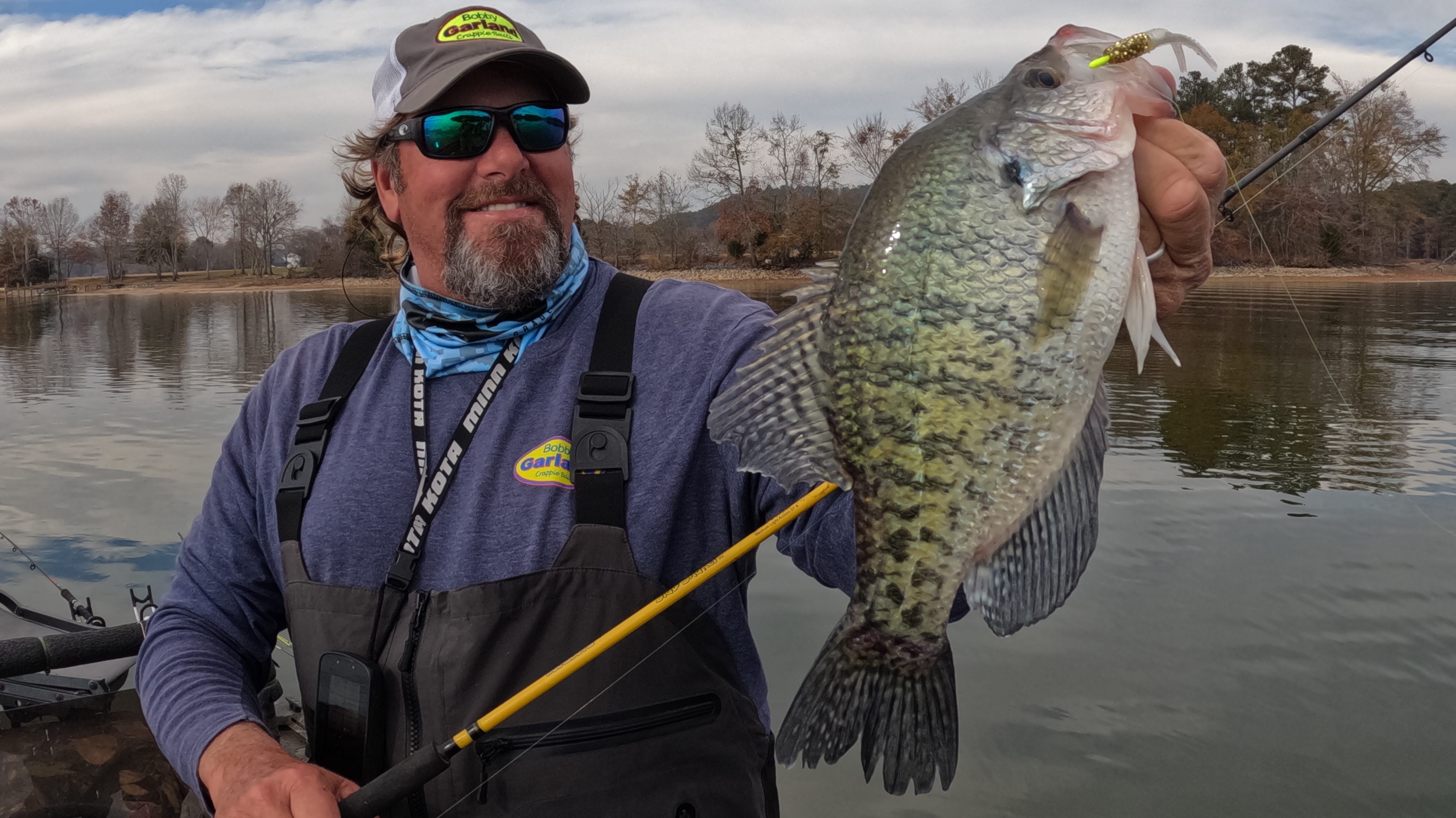- Jan 24, 2022
Winter Tips for Catching Crappie from Docks
Fishing from marinas and other docks provides a great way to consistently catch crappie during the coldest time of the year. Here’s everything you need to know.
You will never hear Chris Edwards call himself a winter crappie dock-fishing expert, but considering this avid outdoorsman’s history with the activity and the container of splashing slabs hanging in the water nearby, there’s no doubt he could.
Edwards has a lifetime of dock fishing experience across Oklahoma that began in his youth when his parents had a place on Grand Lake O’ The Cherokees. Thereafter, he’s always had a dock somewhere in the state – Texoma, Keystone, Ft. Gibson and Eufaula. He’s made sure of that with one season and one purpose in mind: January to March crappie fishing.

